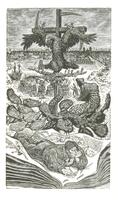7 UMMA Objects
7 UMMA Objects

Indian (Indian (South Asian))
Mukha-Linga
19th century
Gift of Dr. and Mrs. Leo S. Figiel and Dr. and Mrs. Steven J. Figiel
1981/2.52A
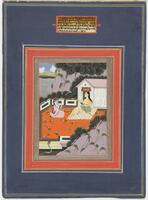
Artist Unknown, India, Rajasthan, Jaipur School
Ragamala: Asavari Ragini
1795 – 1805
Gift of Dr. and Mrs. Leo S. Figiel and Dr. and Mrs. Steven J. Figiel
1981/2.47
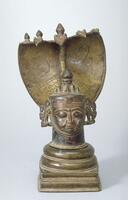
Indian (Indian (South Asian))
Mukha-Linga
1700 – 1899
Gift of Dr. and Mrs. Leo S. Figiel and Dr. and Mrs. Steven J. Figiel
1981/2.52B
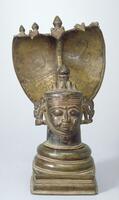
Indian (Indian (South Asian))
Mukha-Linga, Cobra head
1700 – 1899
Gift of Dr. and Mrs. Leo S. Figiel and Dr. and Mrs. Steven J. Figiel
1981/2.52C
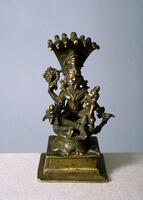
Indian (Indian (South Asian))
Lakshmi-Narashimha
15th century
Gift of Dr. and Mrs. Leo S. Figiel
1976/2.43

Artist Unknown, India, Rajasthan, Sirohi School
Digambara Jain manuscript page: Jina venerated by a monk, layman, and cobras
18th century
Gift of Dr. and Mrs. Leo S. Figiel and Dr. and Mrs. Steven J. Figiel.
1975/2.171
Loading…
